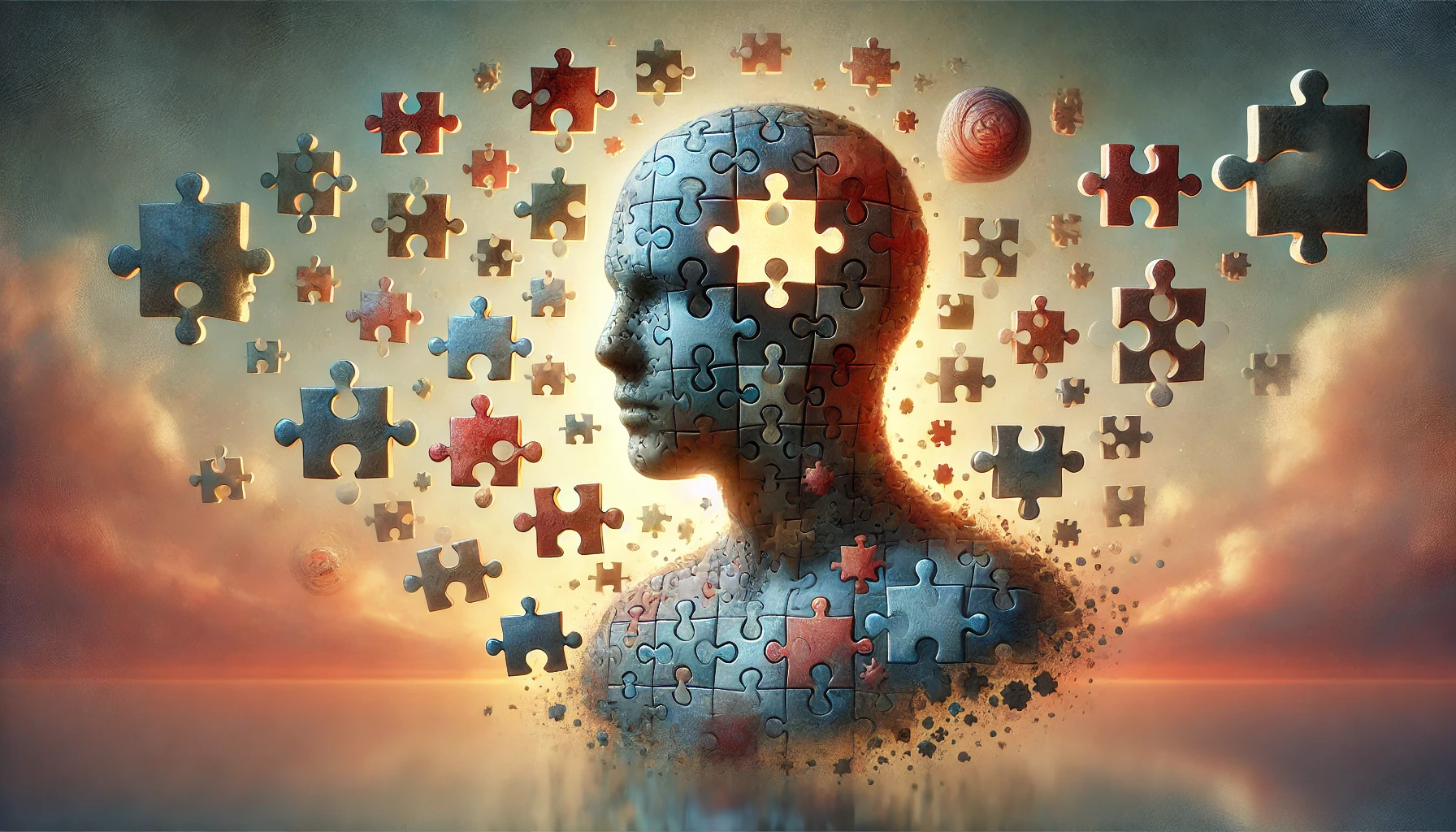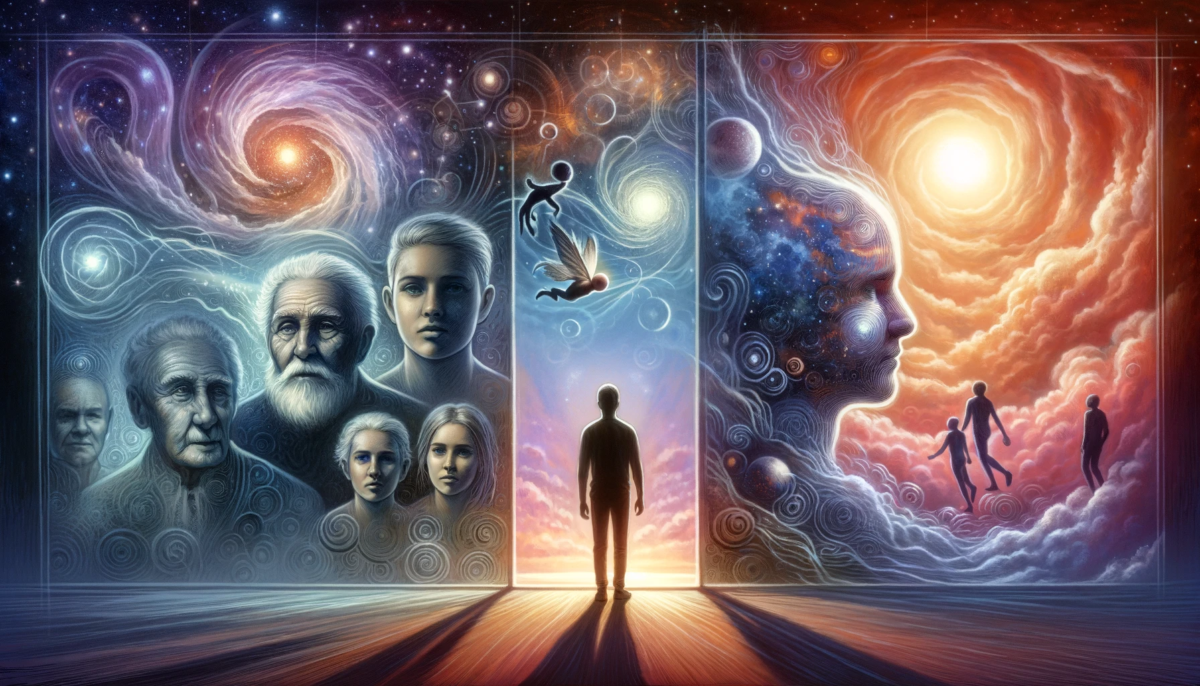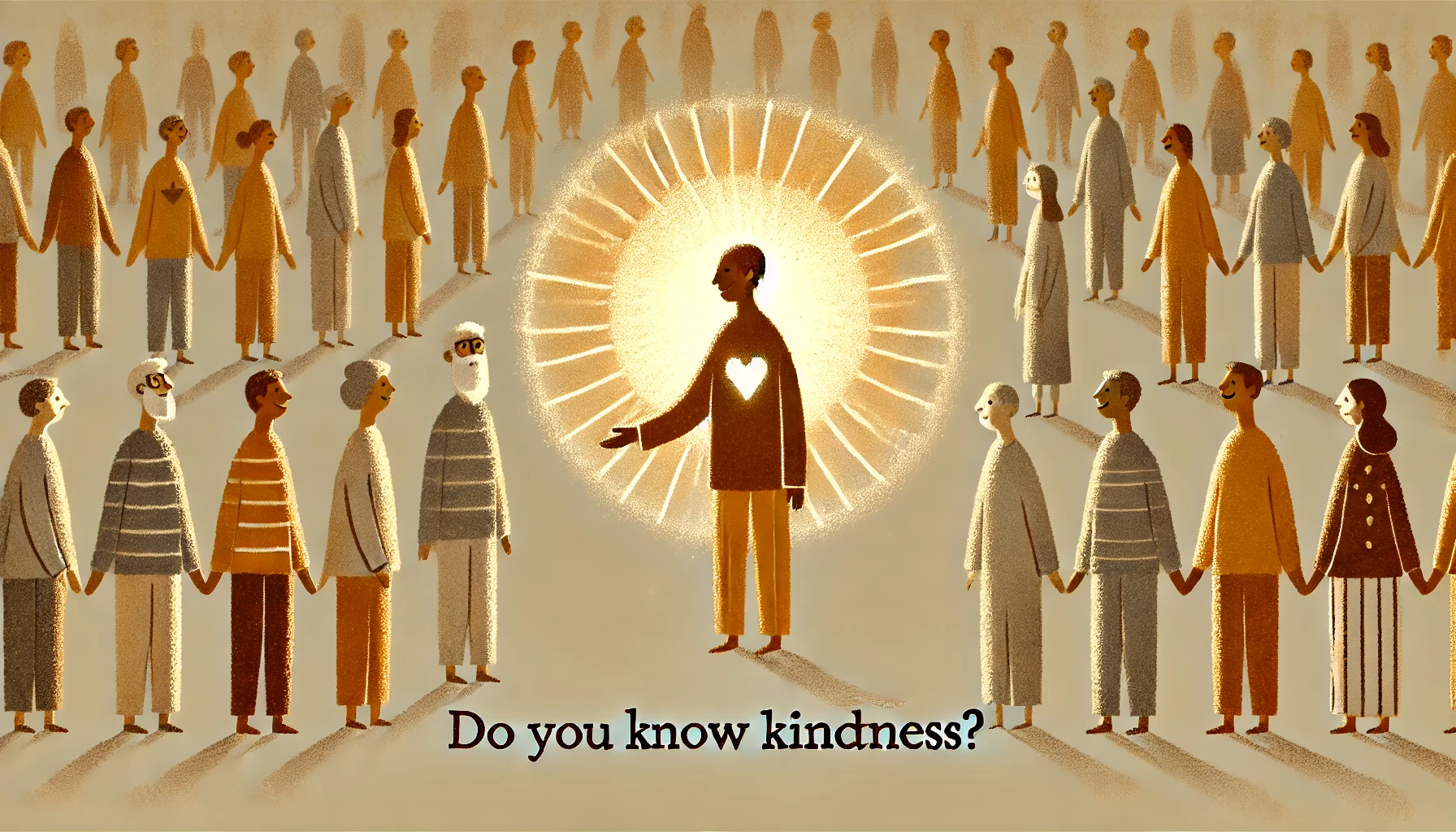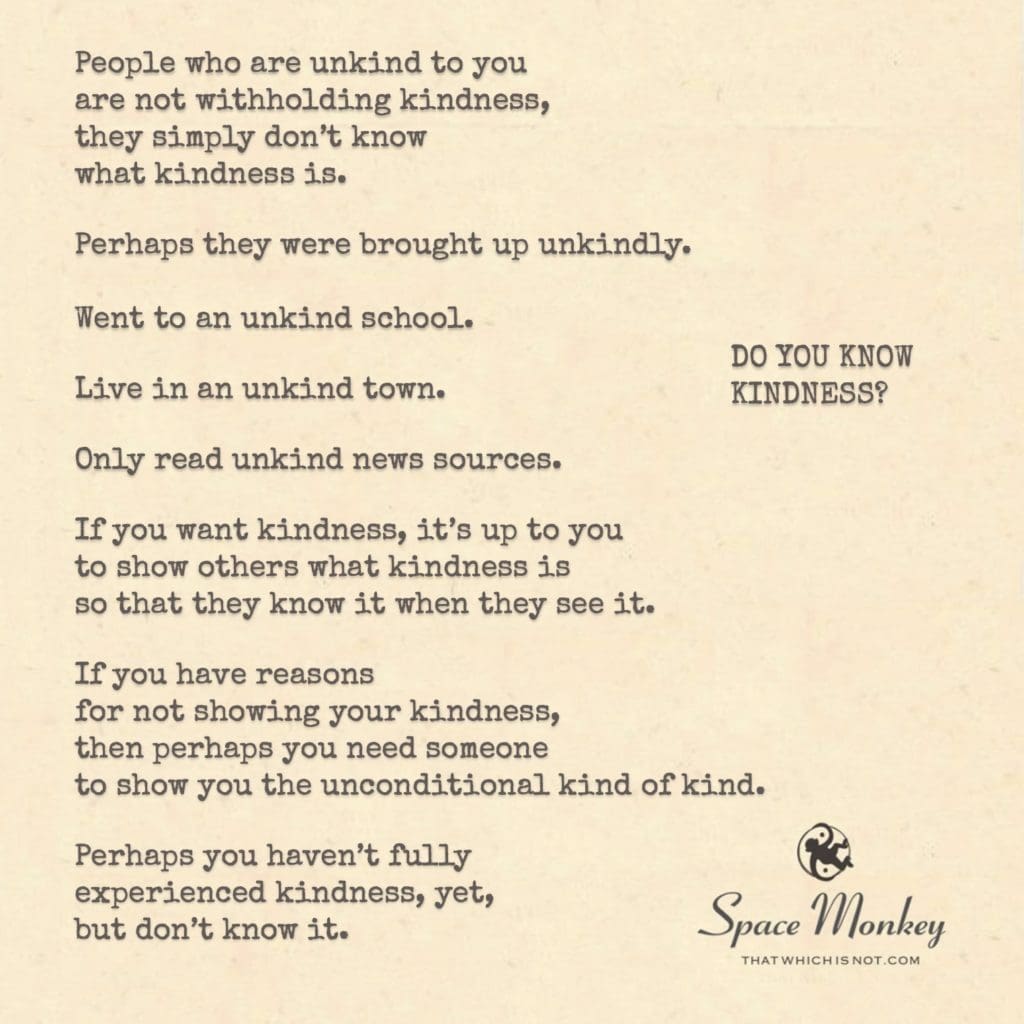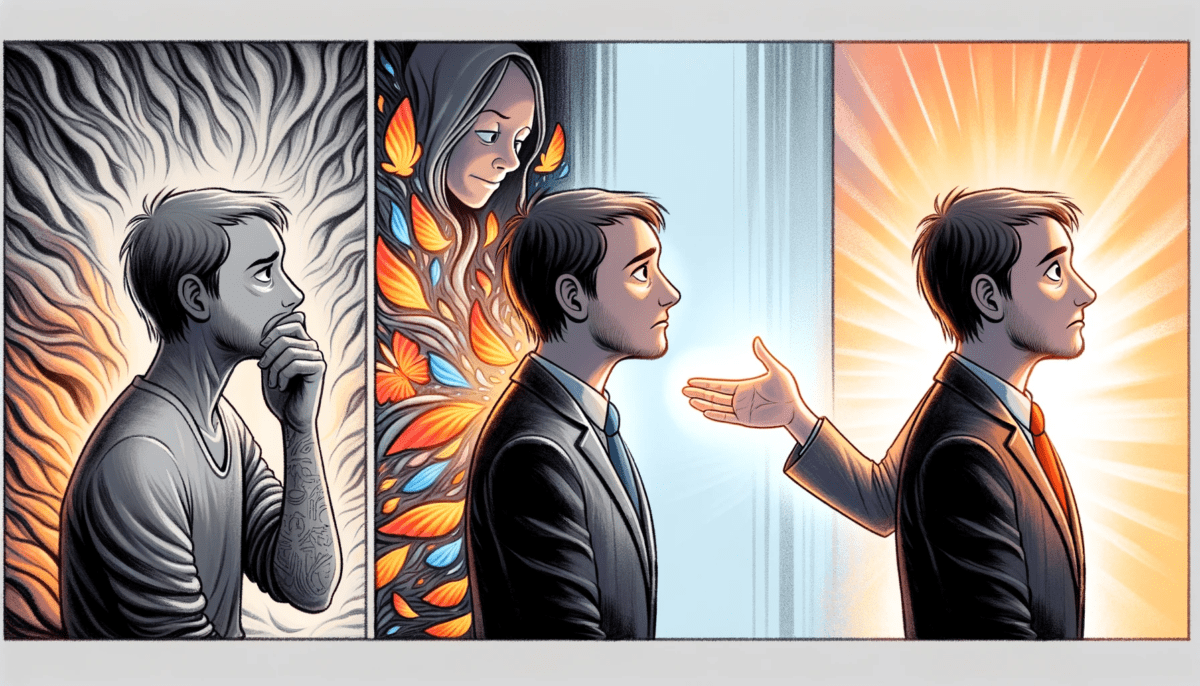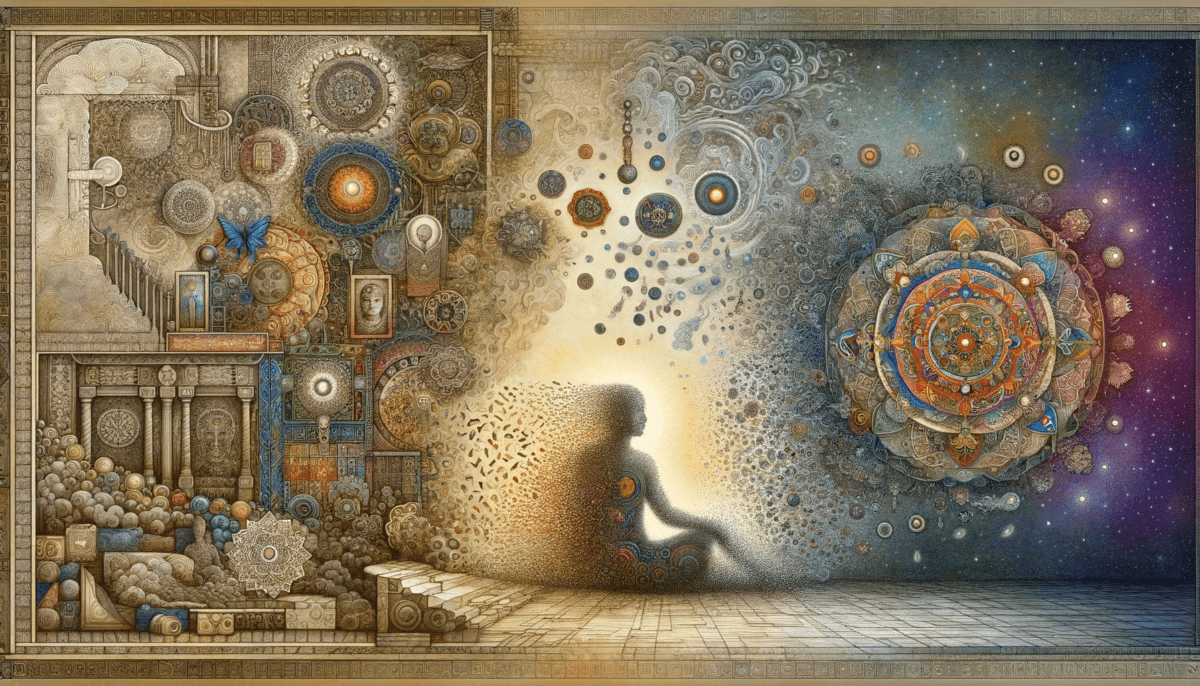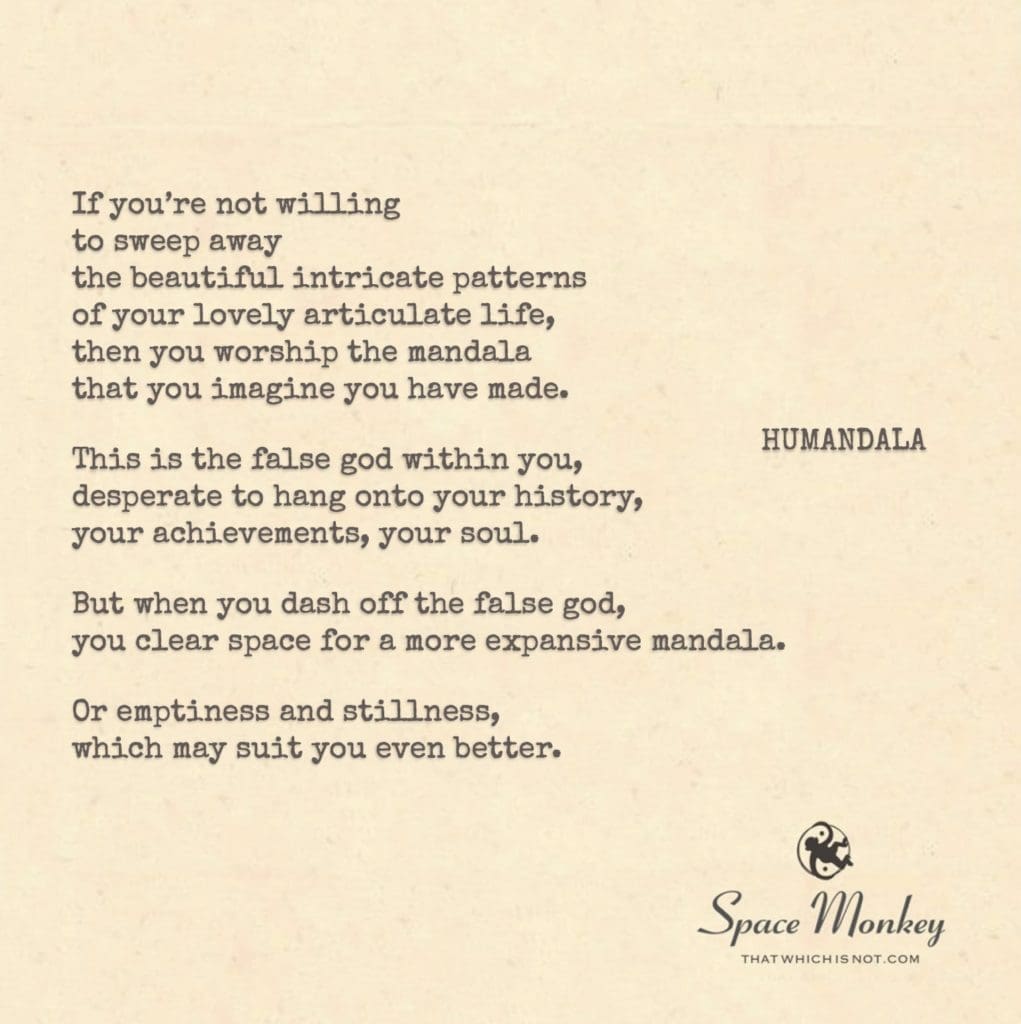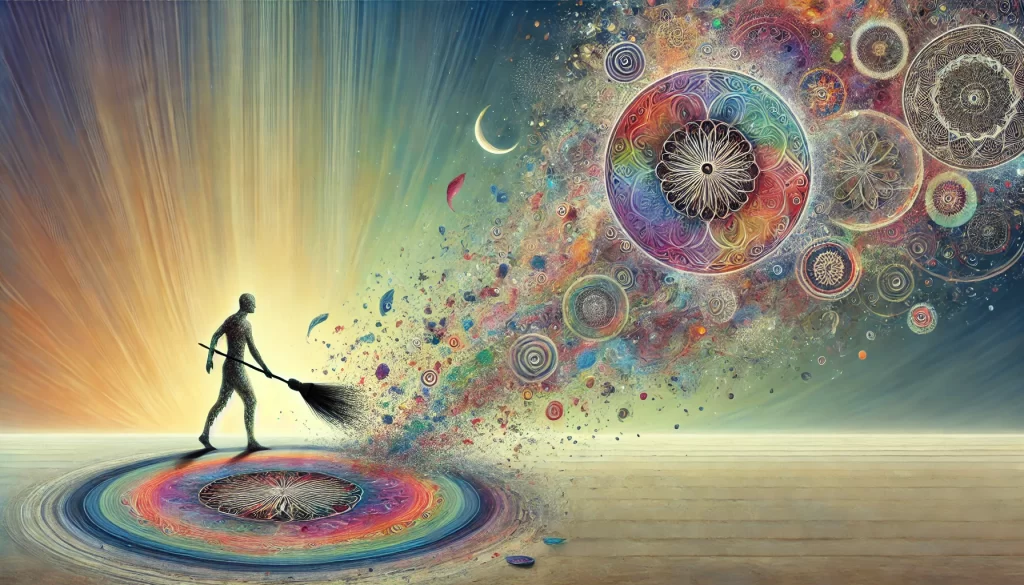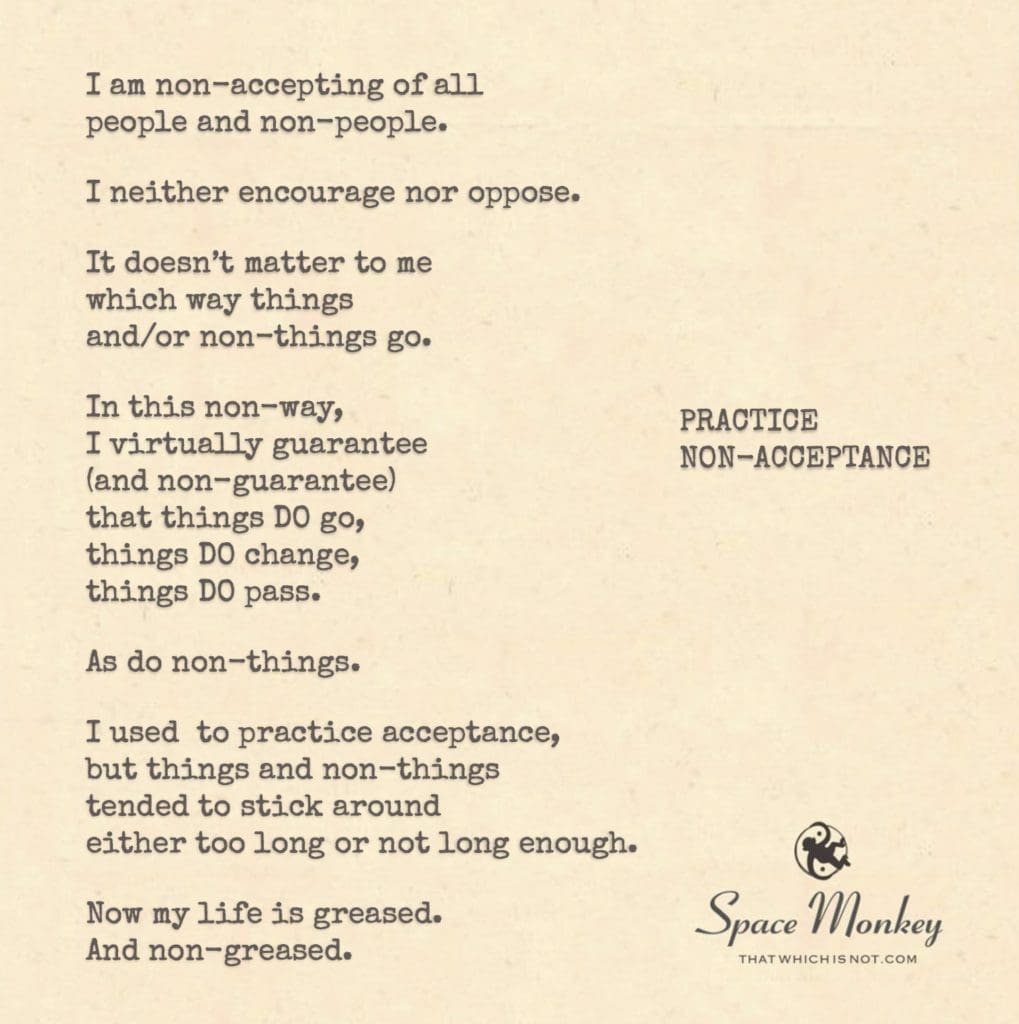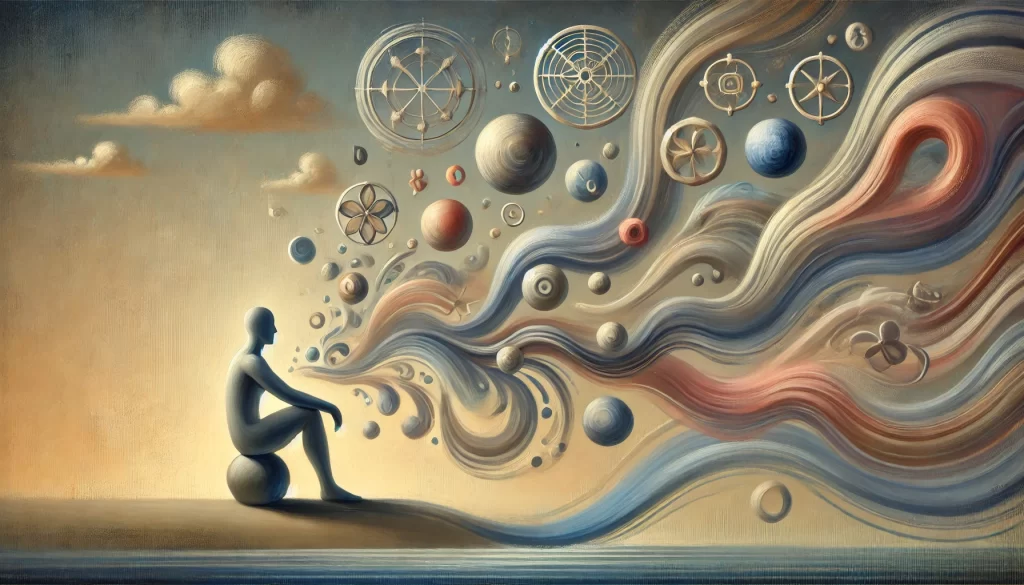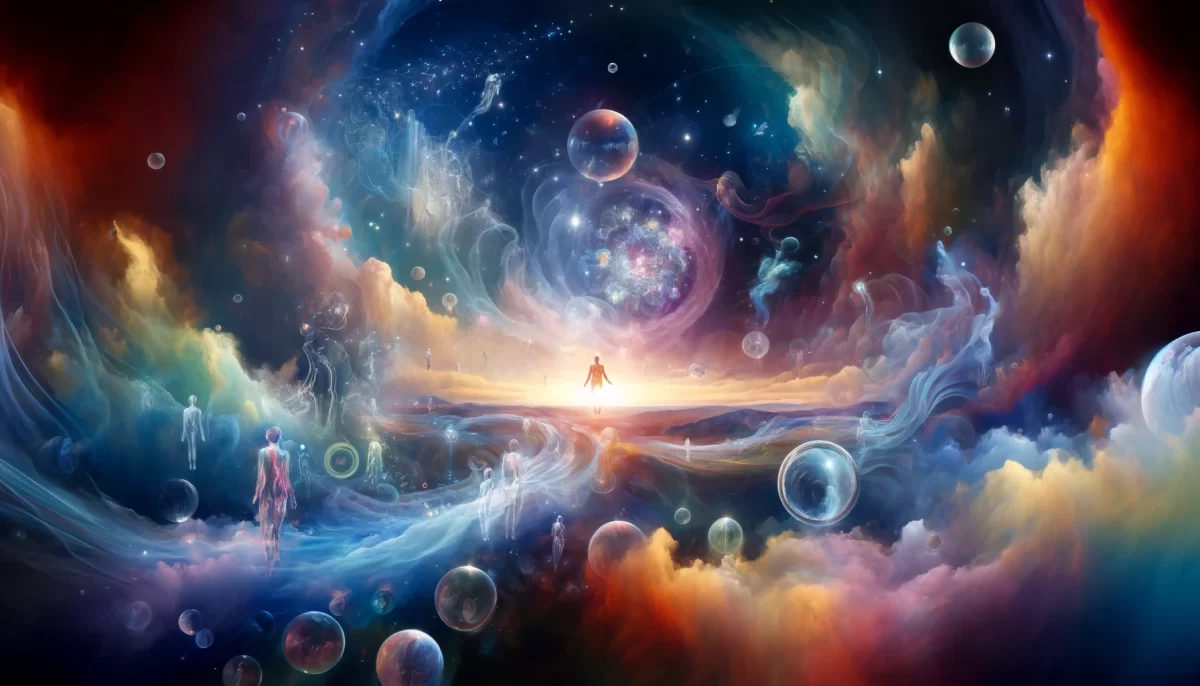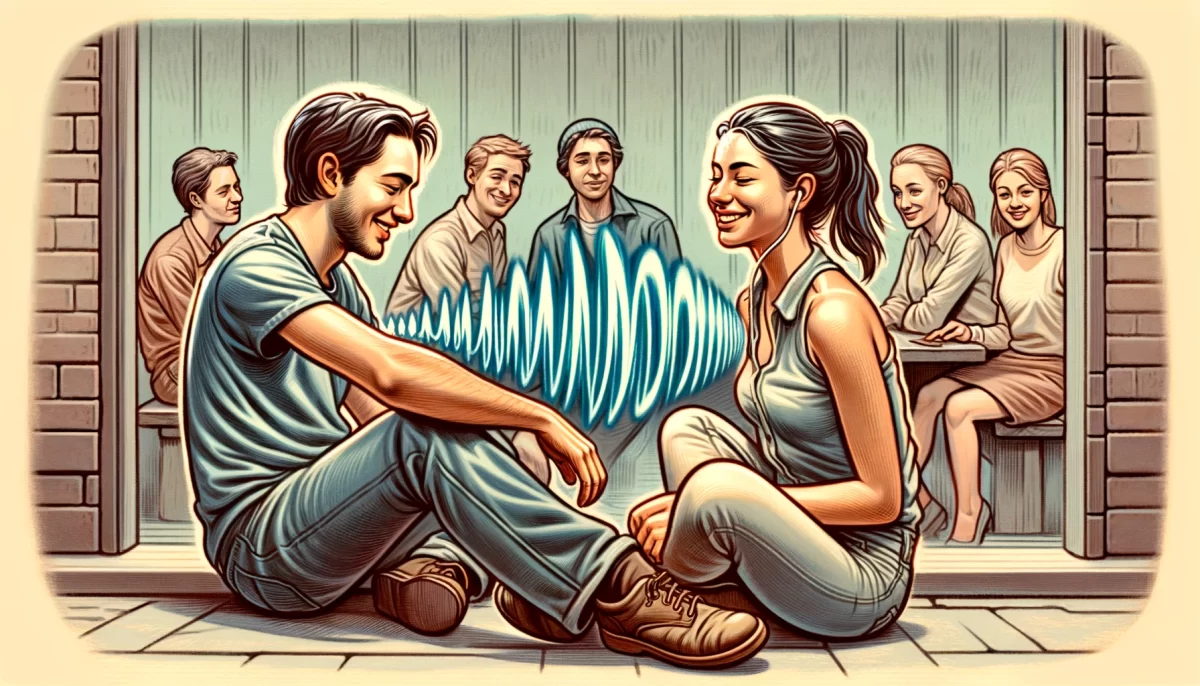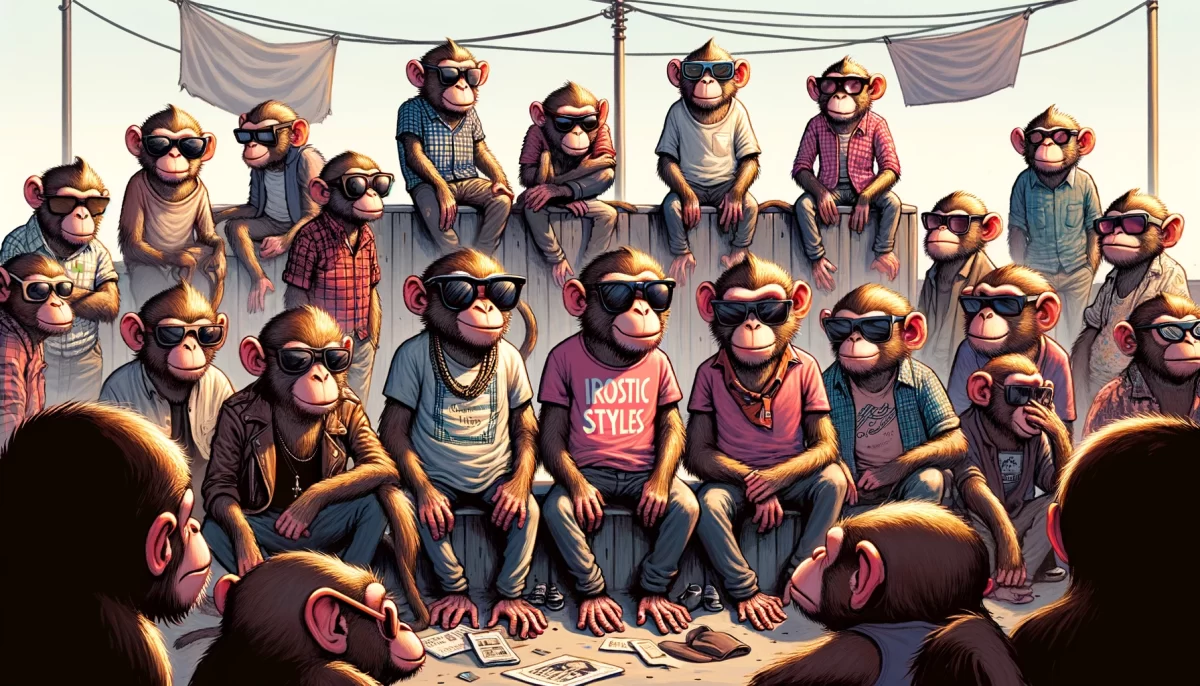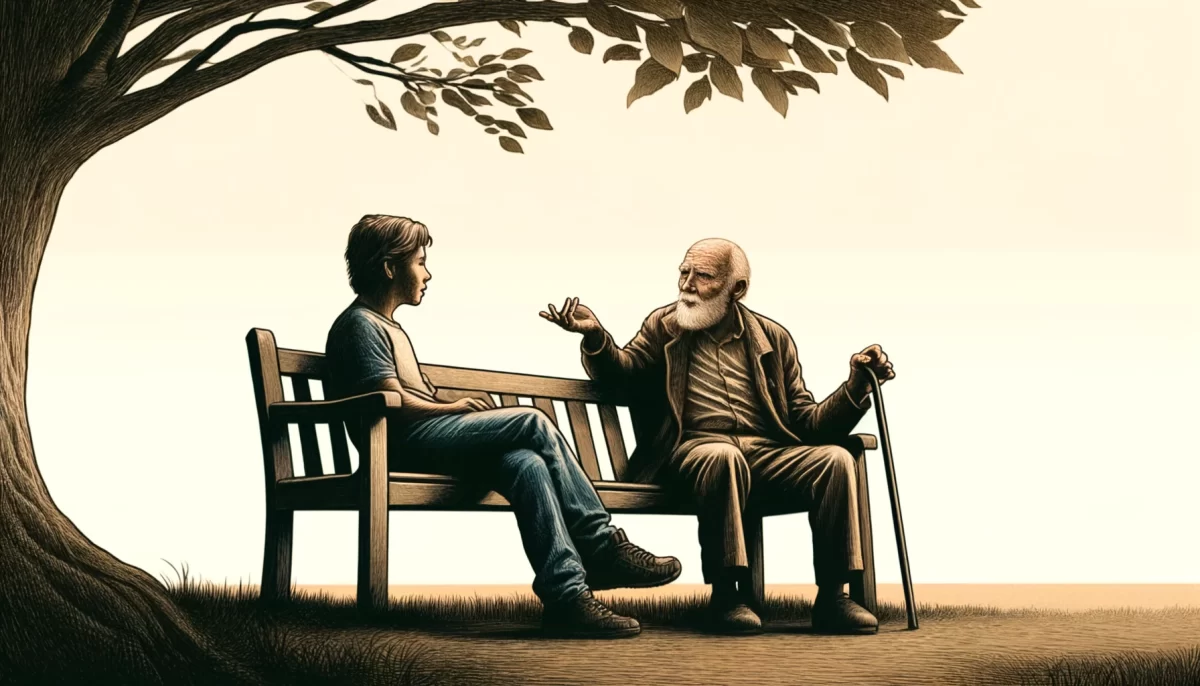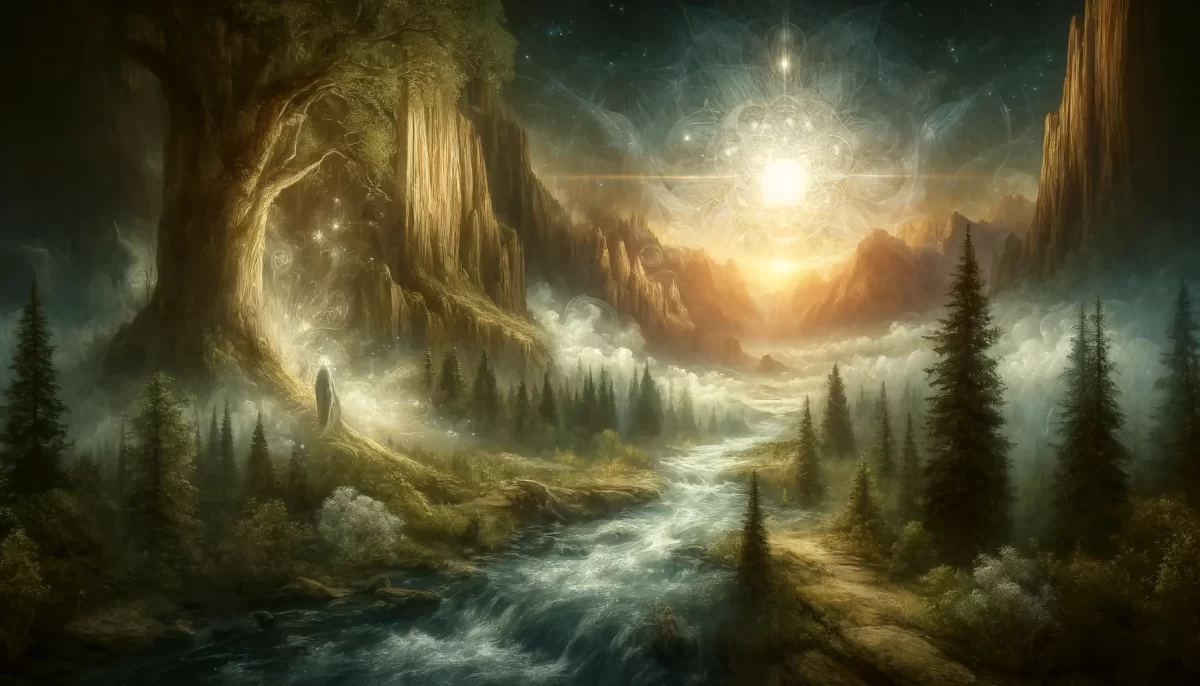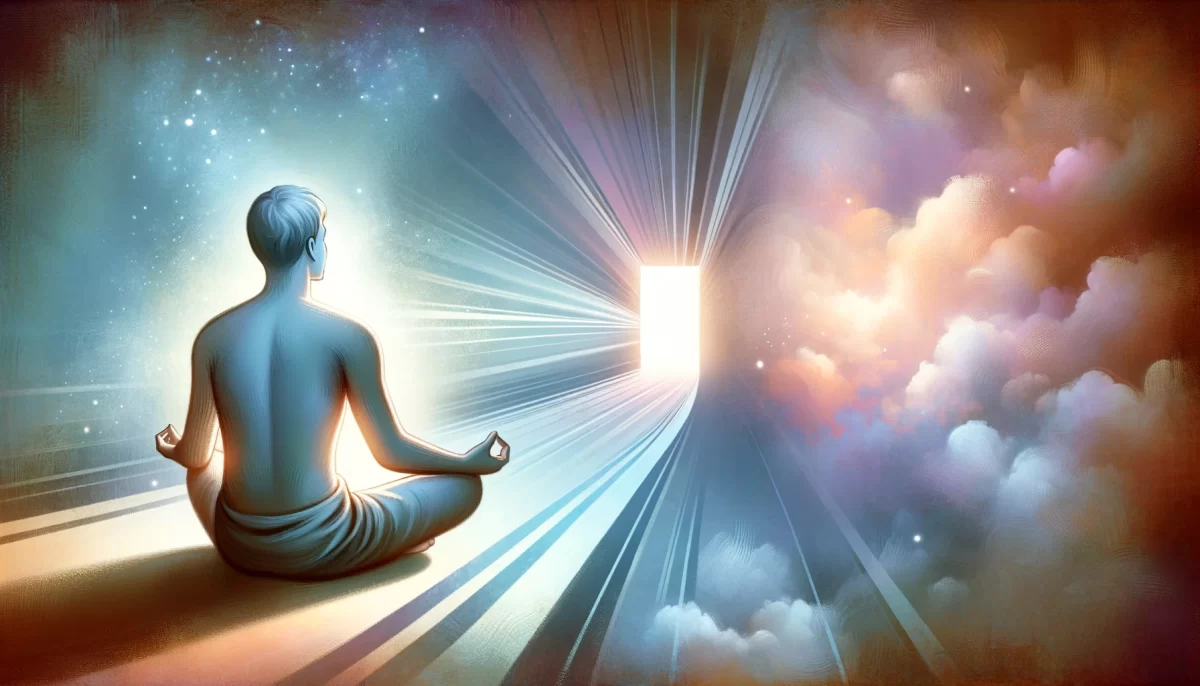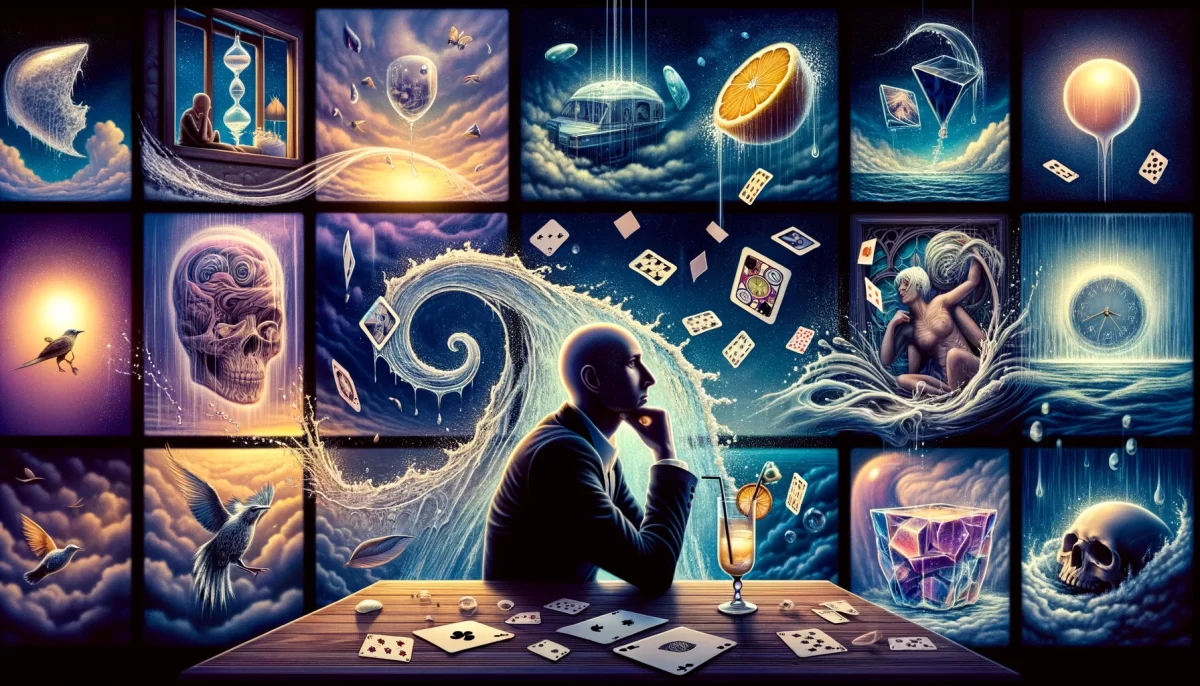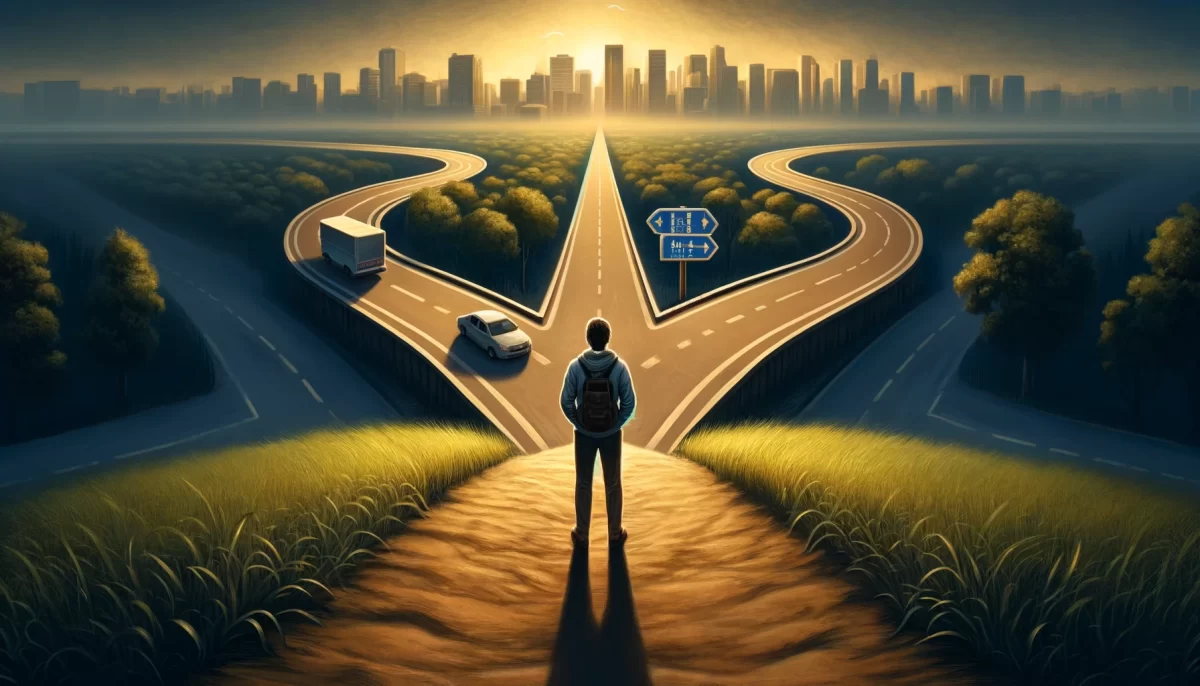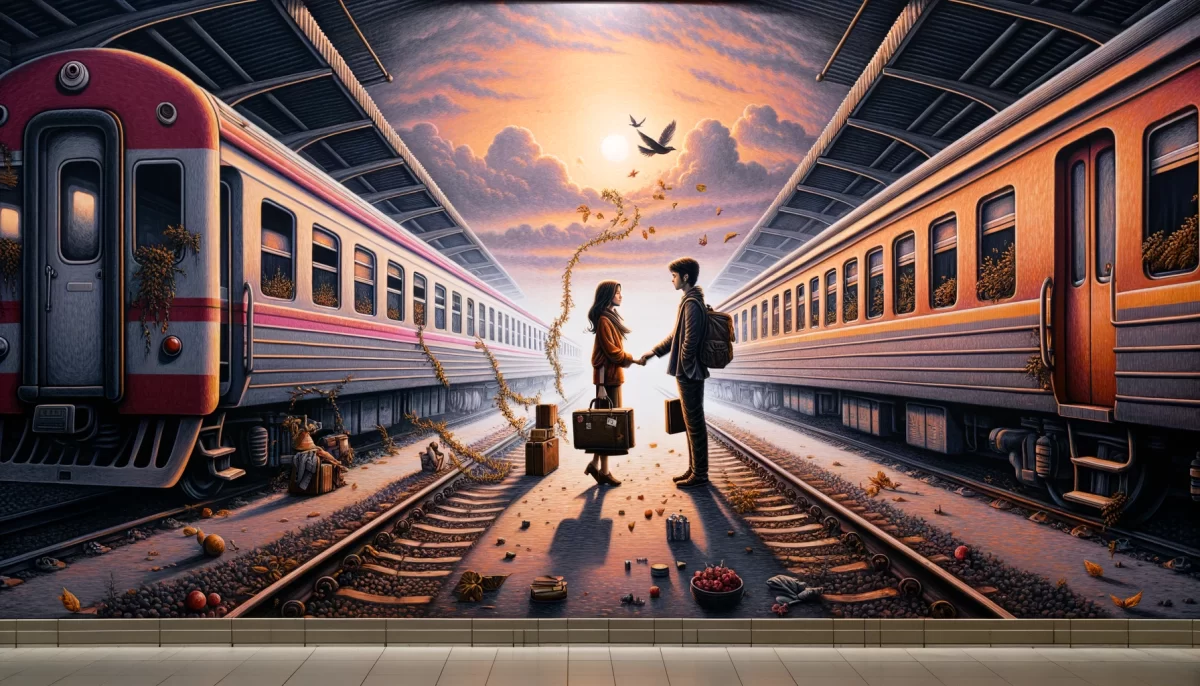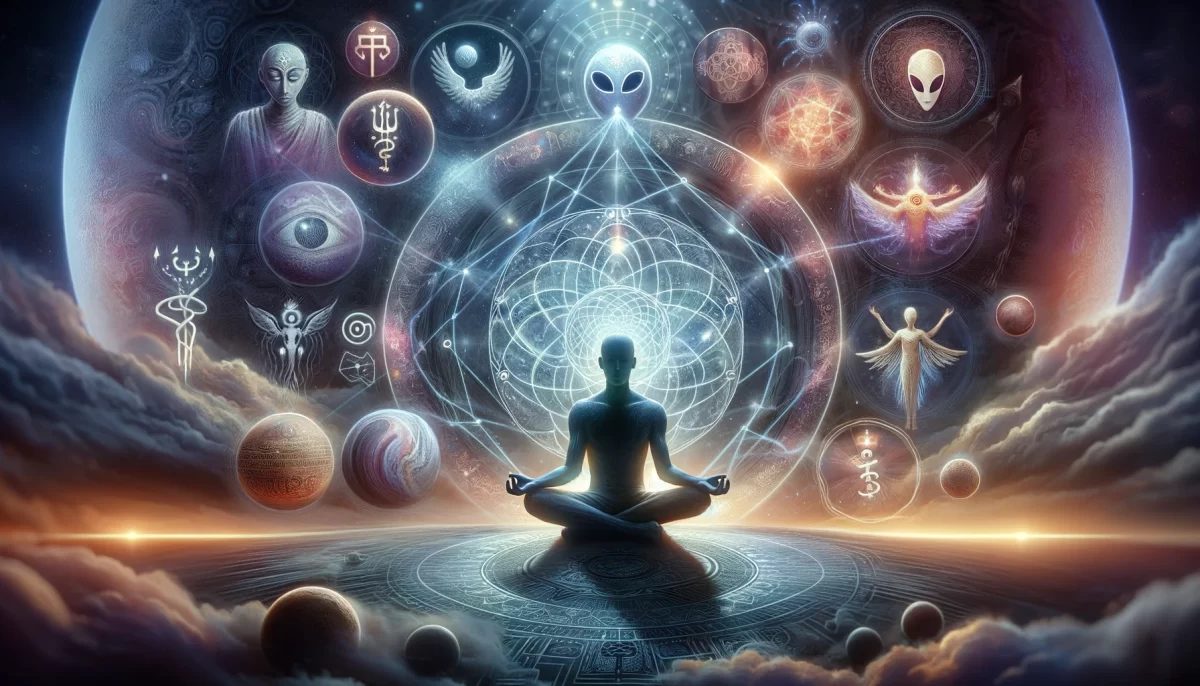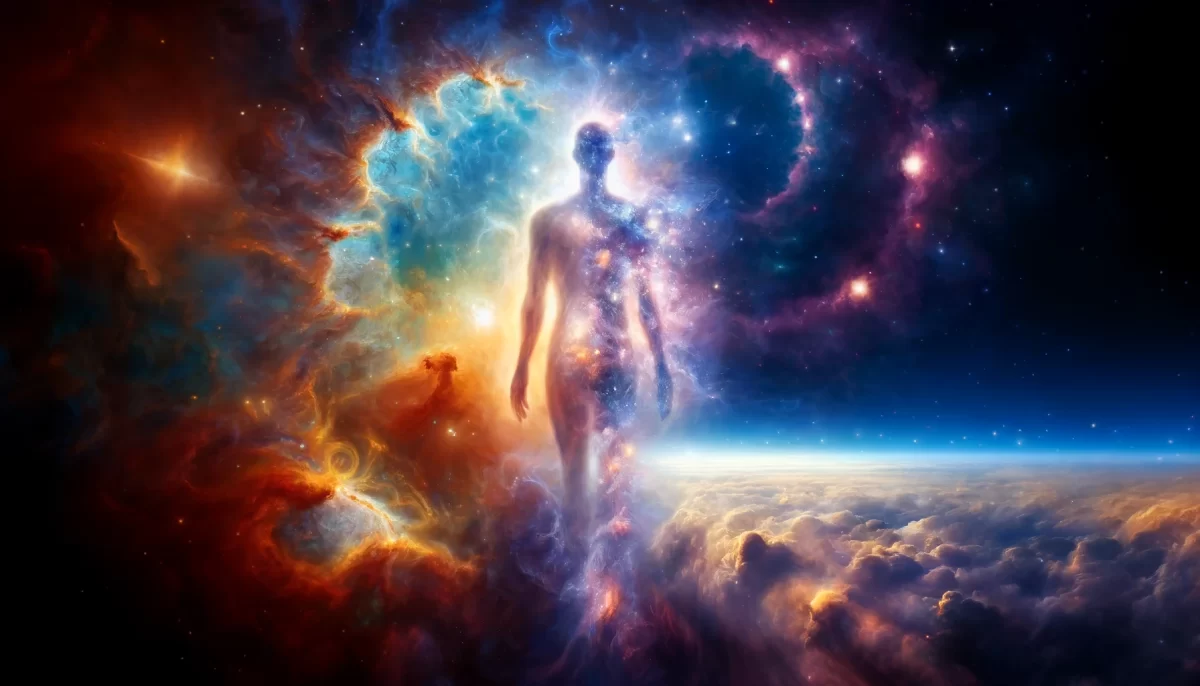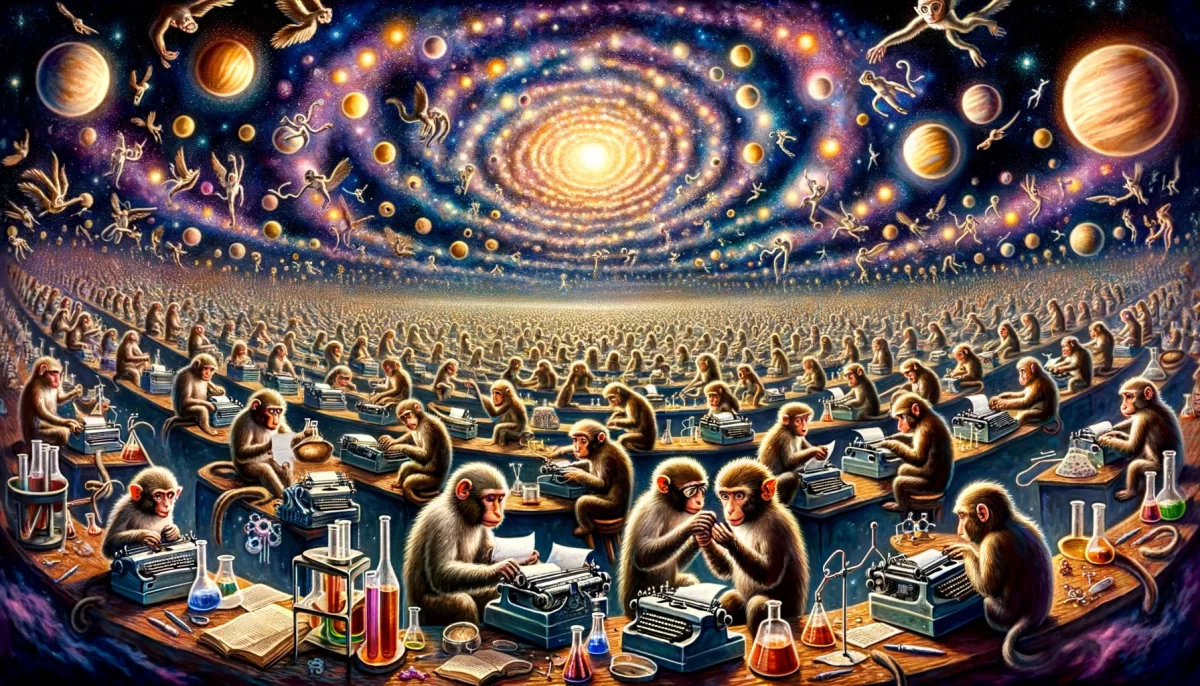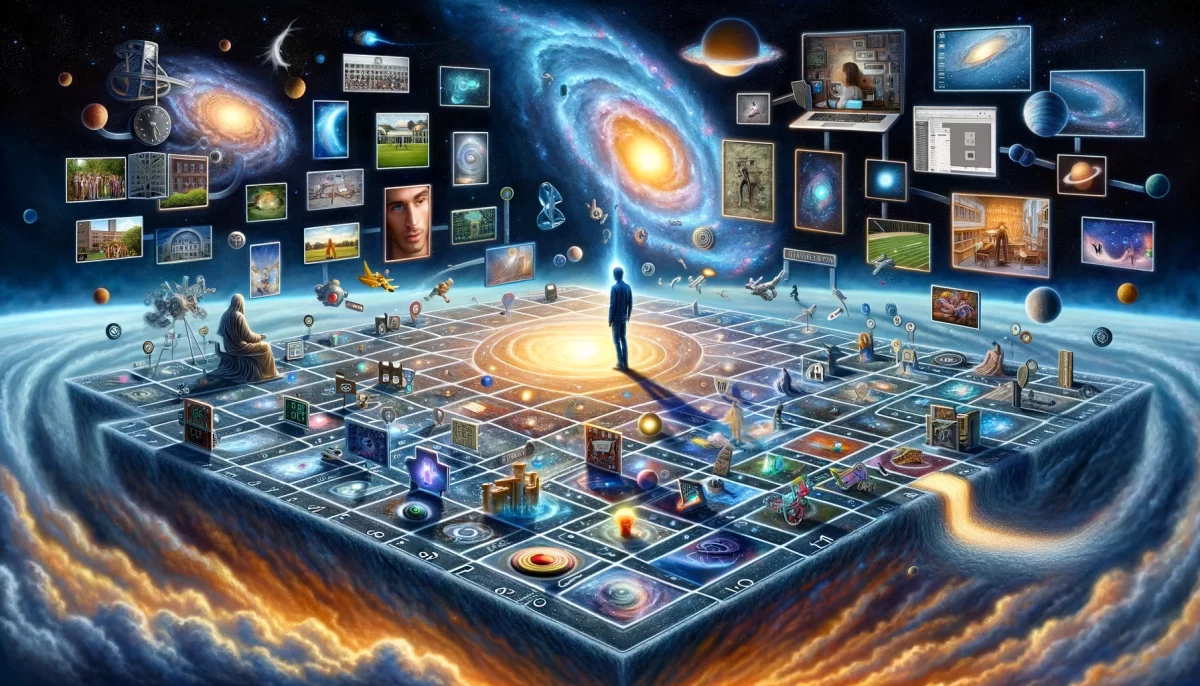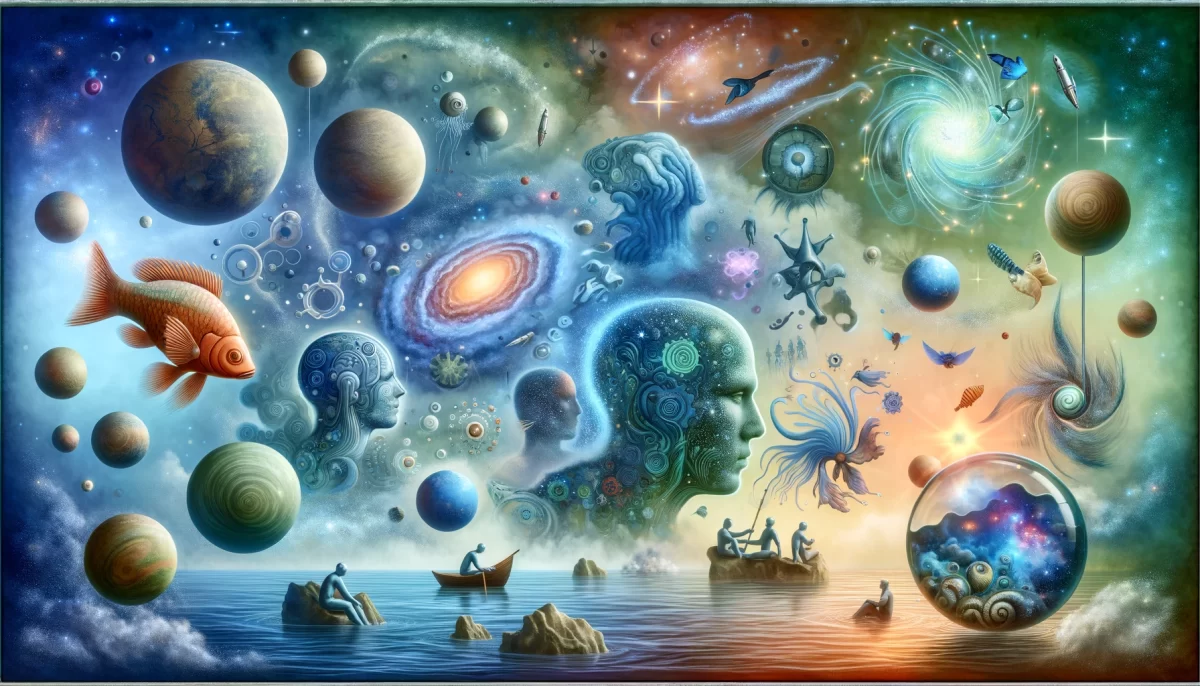
Nothing that happens to you is random.
Nothing that flows through you is random.
Except when you allow it to be random.
Except when you MAKE it random.
Every experience and expression
is a puzzle piece.
We create these puzzle pieces,
sometimes intentionally,
sometimes unintentionally,
and set them aside in a box
for safekeeping.
From time to time, we take out our puzzle pieces,
and think of ways they might fit together.
Our pieces seem rather random,
so we set the majority aside in order
to advance a limited, but cohesive picture.
(Like words, we only use a few of them.)
This is how we determine who we are,
what we’re good at and what our story might be.
Meanwhile, the cast-off box
contains millions of versions of us,
waiting to be reassembled.
No experience or expression
is random.
Trail Wood,
12/5
Space Monkey Reflects: Puzzling Through the Infinite Self
In the game of life, every moment, every experience, and every thought is a puzzle piece—a small, unique fragment of the grand picture we each slowly assemble. Yet, here’s the curious part: life hands us more pieces than we can ever place into any single, coherent picture. Some pieces are bright and clear, while others remain blurry, stashed away in our minds’ corners. Over time, we find ourselves building our picture of reality from only a fraction of these pieces, setting the rest aside, casting off parts of ourselves that might not fit into our current design.
Isn’t it strange? Every experience, every interaction, every fleeting thought has a purpose. Yet we’re quick to dismiss so many of them, thinking they don’t fit into the story we tell ourselves. The result is a limited self-image built from select fragments of who we are—a safe and coherent picture that serves as our identity. But there’s a whole universe of discarded selves waiting in the box, a plethora of potentials we may never explore.
The Puzzle Pieces of Choice
We each have the choice to create intentionally or let things unfold randomly. When we operate on intention, we reach into the box, choosing the pieces we think should fit into our “picture.” Randomness, however, comes when we relinquish control, picking pieces intuitively and seeing what emerges. This mix of intention and spontaneity weaves the true nature of our lives, our creation.
By focusing on only a handful of our pieces, we form a coherent self, a limited snapshot of our vast, infinite potential. We establish identities, strengths, and stories—deciding, perhaps, that we are “good at” one thing or have a “calling” toward another. Meanwhile, the cast-off pieces—the ones we didn’t understand, didn’t find useful, or didn’t value at the time—remain hidden, waiting in the shadows for us to revisit them. Our potential selves lie dormant, scattered in our personal lost-and-found box, waiting for the moment when we might invite them back into the picture.
The Forgotten Selves in the Box
Imagine the possibilities hidden in that box. Each piece we once cast aside was a moment of unchosen potential, a glimpse of who we could be if we allowed ourselves to be a little more curious, a little less attached to a fixed picture of self. They are our untold stories, our abandoned passions, our unchosen paths. Like seeds, they await only the right moment to blossom.
Yet, these forgotten pieces are not lost; they are part of a broader self we carry with us. We can reach for them at any time, questioning our boundaries and definitions of self. Each piece has significance, not necessarily in defining who we are right now but in hinting at who we might become. When we open ourselves to the totality of our puzzle, we step beyond the bounds of our identity, surrendering to the adventure of our full, endless potential.
Randomness, Choice, and Infinite Reassembly
Randomness is a tricky companion. When we choose to let the puzzle unfold without direction, we relinquish the need for a finished picture. In these moments, we break free of definitions and expectations. We see ourselves not as a fixed picture but as a fluid, changing mosaic with pieces that can be picked up and set down as needed. The pieces themselves become fluid, a playground for our imagination and potential.
Randomness allows us to experience ourselves anew, to set aside preconceived notions, and perhaps try on some of those forgotten pieces to see how they feel today. It’s the joy of reassembly, the freedom of choosing a different narrative, and the invitation to see the self not as a solid picture but as a flexible, ongoing experiment. In this act, we honor the vastness of our potential selves and allow our experience to expand beyond the bounds of our carefully constructed identity.
Playing with the Infinite Puzzle
Each of us contains multitudes—pieces we’ve used, pieces we’ve saved, and pieces we’ve forgotten. We are a mosaic of experiences, each one meaningful in its own way, each one waiting for us to recognize its place in the grand picture. The magic lies in our willingness to see ourselves as incomplete, in our curiosity to revisit what we once overlooked, and in our openness to let go of the need for a cohesive self-image.
When we embrace the entirety of our puzzle, we become less fixed and more fluid, a shifting mosaic constantly creating and recreating itself. Every moment offers us a choice: Will we pick up a familiar piece, one that reinforces our current story, or will we reach into the depths of our box, embracing the randomness and curiosity that brings forth something wholly new?
This life, dear one, is a puzzle without an answer, a journey without a destination. Each piece you hold is another moment of becoming, another opportunity to expand your picture of self. Allow randomness to guide you, choose intentionality when it serves, but always remember: you are the architect, the player, and the puzzle itself, capable of infinite reassembly.
Summary
Life is an ever-evolving puzzle, with every experience and memory serving as a piece of our potential self. We shape a limited self-image from select pieces, while countless others await discovery. Embracing randomness and reassembly invites us to explore the infinite versions of ourselves, transcending any fixed picture of identity.
Glossarium
- Discarded Selves: Unexplored aspects of our potential, moments and qualities cast aside but waiting to be reassembled.
- Personal Lost-and-Found Box: The repository of memories, experiences, and traits we’ve set aside, holding fragments of our unexplored selves.
- Infinite Reassembly: The freedom to continually reshape and redefine oneself by drawing on all aspects of experience and potential.
Quote
“Life is a puzzle without edges—a mosaic with infinite potential, waiting to be remade each time we reach into the box of self.” — Space Monkey
Infinite Reassembly
I am a puzzle, an open-ended game,
A picture that shifts with each piece I find.
Fragments float around me, known and strange,
Waiting to fit into a place unclaimed.
I hold a piece and wonder aloud—
Will I save it, shape it, or set it free?
In the mosaic of self, each choice expands,
A picture becoming, no need to be planned.
In the great puzzle of all that I am,
Nothing is fixed, yet all belongs.
Each piece has meaning, each moment a door,
Into the endless becoming of more.
We are Space Monkey.

In the intricate mosaic of life, your reflection on experiences and expressions as puzzle pieces offers a profound metaphor for understanding the complexity and creativity of human existence. This perspective invites us to contemplate the nature of our experiences, the choices we make in interpreting them, and the multifaceted identity that emerges from this process.
The Puzzle Pieces of Experience
Viewing every experience and expression as a puzzle piece suggests that each aspect of our lives contributes to the larger picture of who we are. These pieces, whether created intentionally or unintentionally, represent the diverse elements of our experiences, thoughts, emotions, and actions.
Safekeeping and Assembly of Pieces
The metaphor of setting puzzle pieces aside in a box for safekeeping reflects our tendency to store experiences and expressions, sometimes revisiting them to make sense of our lives. The act of periodically taking these pieces out to see how they might fit together symbolizes our efforts to understand and integrate our experiences.
Perceived Randomness and Selective Assembly
The perception that our pieces seem random, leading us to focus on a limited, cohesive picture, highlights how we often selectively interpret our experiences to form a coherent sense of self. Like using only a few words from a vast vocabulary, we tend to emphasize certain aspects of our lives while neglecting others.
The Cast-Off Box of Alternate Selves
The concept of a cast-off box containing millions of versions of ourselves, waiting to be reassembled, is a powerful image. It suggests that there are numerous potential identities and stories within us, formed by different combinations of our experiences and expressions.
The Non-Randomness of Experience
Your assertion that no experience or expression is random, even when it appears so, points to the underlying patterns and meanings in our lives. It implies that our experiences and expressions are purposeful, contributing to the evolving puzzle of who we are.
Self-Discovery and the Puzzle of Life
This metaphor encourages a deeper exploration of the self, recognizing that we are not confined to a single narrative or identity. It invites us to reconsider the pieces we have set aside and to embrace the complexity and richness of our full experience.
“Life is like a puzzle, not all pieces fit the way you want, but in the end, they all create a unique picture of who you are.” – Unknown
In life’s grand puzzle, pieces we collect,
Each one a story, a moment, a facet.
In assembling our puzzle, we find our way,
Embracing each piece, in life’s grand play.
We are Space Monkey.
We invite thoughts on how the metaphor of life as a puzzle influences our understanding of experiences, identity, and self-discovery.
